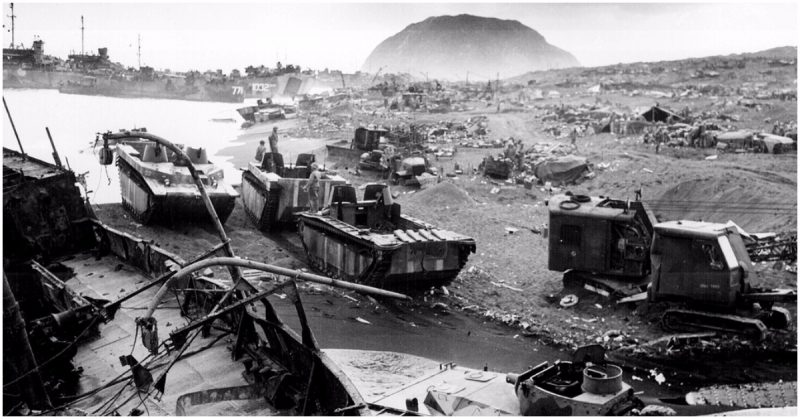The Battle of Savo Island began on August 8th, 1942, and came to a close on August 9th, 1942. It was a brutal battle of naval forces, namely the United States Navy, the Royal Australian Navy and the Imperial Japanese Navy. The Allied forces were seeking to take control of the area, utilizing boots on the ground, because the Japanese were building an airbase on Guadalcanal. While bringing transports of supplies and troops in, the Allied forces set up their ships in formation to hopefully protect the operation. This led eventually to the Battle of Savo Island, as the Japanese began to attack them.
Savo is a small island in the Solomon Islands, along with Guadalcanal and Florida Island, which lie in the South Pacific. These islands are relatively close to Australia and because of this, Allied forces feared that if the airbase were completed, the Japanese would easily be able to disrupt any supply lines that ran to Australia. Here are ten facts about the Battle of Savo Island.
10 – The Guadalcanal Campaign
The Battle of Savo was right at the beginning of the campaign. Troops began to invade several of the Solomon Islands on August 7th, one of which was Guadalcanal. The Allied forces wanted these islands for support and supply reasons. It was thought that the Japanese would affect Allied communications, support and supplies between the United States, Australia and New Zealand. So the Allies attacked the islands.
As they began doing so, they brought in ships to bring in more troops and supplies. The Japanese quickly took note of this and attacked with an air fleet. That attack was largely unsuccessful, but it did cause some minor damage. On August 8th, Japanese cruisers were ordered to attack Allied ships.
9 – The Allies Were in Position to Protect Against an Attack
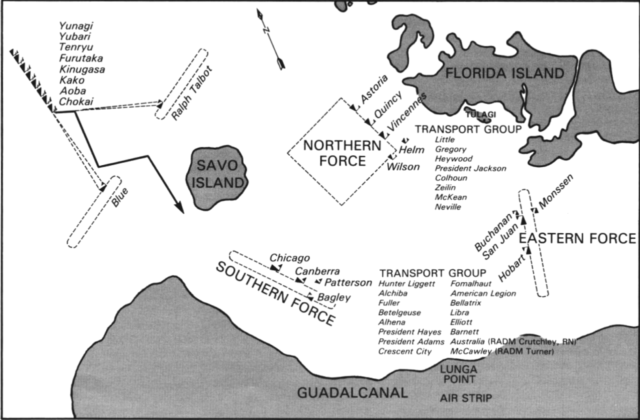
The Allied forces had set up shop in a certain formation to protect transport ships coming into the harbor. On the eastern front, there were four ships protecting two transport groups on either side. The eastern front sat between Florida Island and Guadalcanal. On the south side, four ships sat just off the coast of Guadalcanal, and on the northern side, five ships lay right off the coast of Florida Island. Finally, to the west of Savo Island, there were the two destroyers USS Blue and USS Ralph Talbot, which were being used not only to protect, but also for their radars.
8 – The Allies had Strength in Numbers
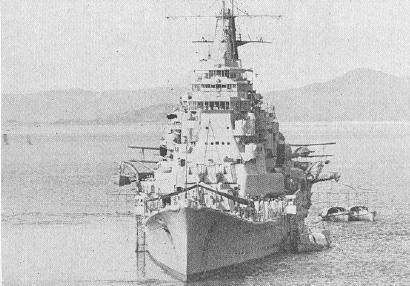
The Allied Forces were using 15 destroyers, two light cruisers, and six heavy cruisers to protect the harbor and transports coming in. The Japanese came to the battle with only one destroyer, two light cruisers, and five heavy cruisers.
7 – Japanese Cruisers Were Spotted Heading Towards the Islands
Earlier in the day, on August 8th, Japanese cruisers were actually spotted by a submarine as they were moving through the St. George Channel. The USS S-38 spotted the fleet first, followed by scout planes who alerted the Allied forces down around Guadalcanal of the ships that were coming. This alert not only arrived late, but it was also incorrect.
6 – The Japanese Attacked from the North West
The Japanese made the trek from Rabaul and Kavieng on the 8th, once they realized their aerial raids were not effective on the allied forces who were near Savo Island, Florida Island and Guadalcanal. They entered the harbor from the northwest, sliding past two destroyers, and the island of Savo. As they did this, they first attacked the southern front, which saw a lot of damage from these initial attacks.
5 – The Allied Suffered Heavy Casualties
Allied forces lost three heavy cruisers, which sank. Another heavy cruiser suffered heavy damage and was subsequently scuttled (sinking a ship intentionally by allowing water to fill the hull). They also had two destroyers damaged, but none of their light cruisers suffered from major damage. In total, the Allied forces had 1,077 casualties during the battle.
The Japanese only suffered some light damage to three cruisers. They also had a relatively low casualties count, with estimates ranging from 58-129.
4 – The Battle Took Place at Night
The battle was actually fought at night, which didn’t help the allied forces in any way. The Japanese had actually been practicing night battle tactics before this and were wanting to attack at night as they knew the Allied forces would be unprepared for it.
Minutes before the battle several ship’s captains were asleep. Because of this, patrol ships failed to recognize a fleet of Japanese ships that were just a mile away. These ships were able to get by undetected as the Allied patrol radars were interrupted by nearby land.
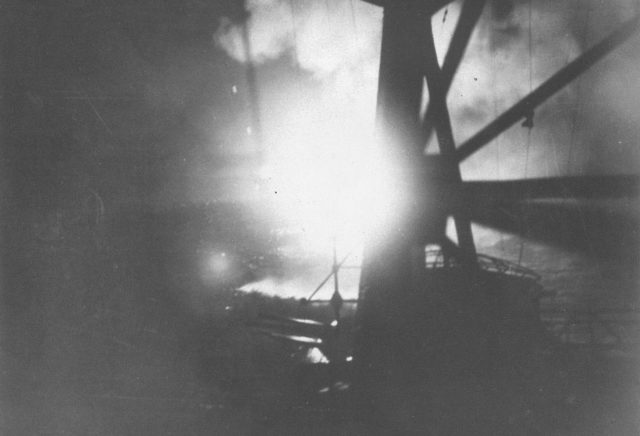
As the Japanese began engaging Allied ships, they lit up those ships with searchlights and flares allowing them to be spotted and targeted easily.
3 – The HMAS Canberra Was Scuttled in the Battle
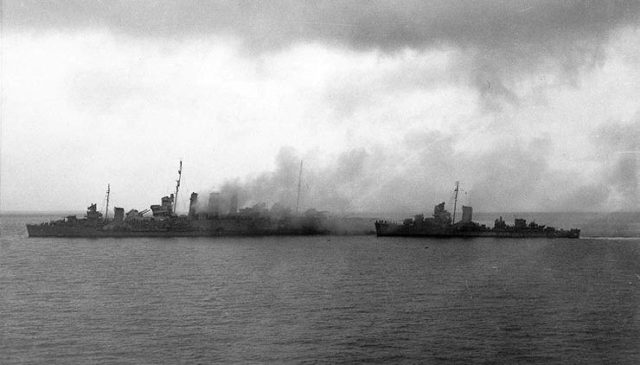
Several ships were sunk during the battle. The Australian heavy cruiser Canberra was heavily damaged and on fire, and the Allied troops were looking to leave the area by 6:30. As another ship arrived to clear the men from Canberra, it was decided that if the fire couldn’t be quenched soon, then the ship should be sunk. Because of this decision, shortly after all of the men were removed from the ship, the ship was sunk by the USS Selfridge and the USS Ellet. It took nearly 300 shells and five torpedoes to sink the Canberra.
2 – Future Transports Were Affected
For the next several months following the battle, transports carrying supplies and reinforcements came in small groups and almost always during the day. The transports weren’t completely alone either, as they would usually be accompanied by several aircraft for added protection.
1 – The Japanese Won the Battle, But Still Lost the Campaign
As previously stated, the Japanese won this battle. Sinking several ships and killing over a thousand men, the Japanese had succeeded. But this wouldn’t matter, as the Allied forces would take over the island by May 1943, the Japanese losing the Guadalcanal campaign and the important Solomon Islands.
